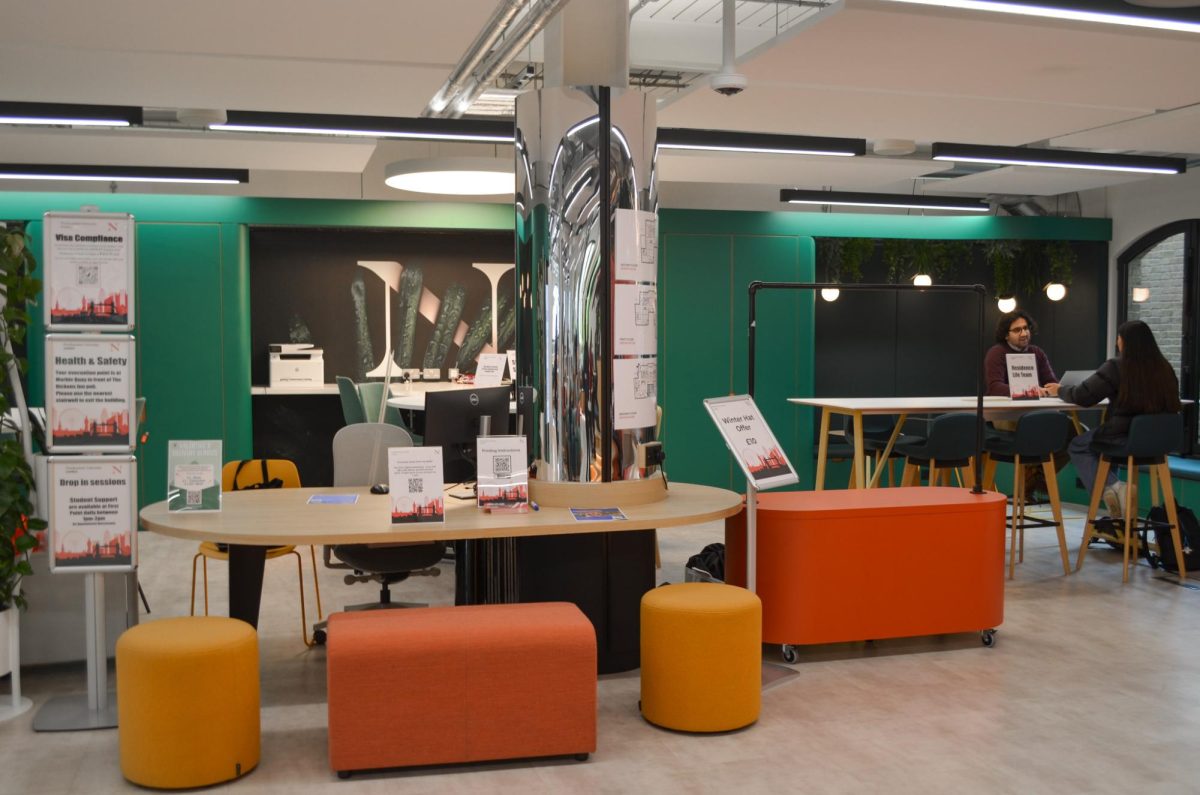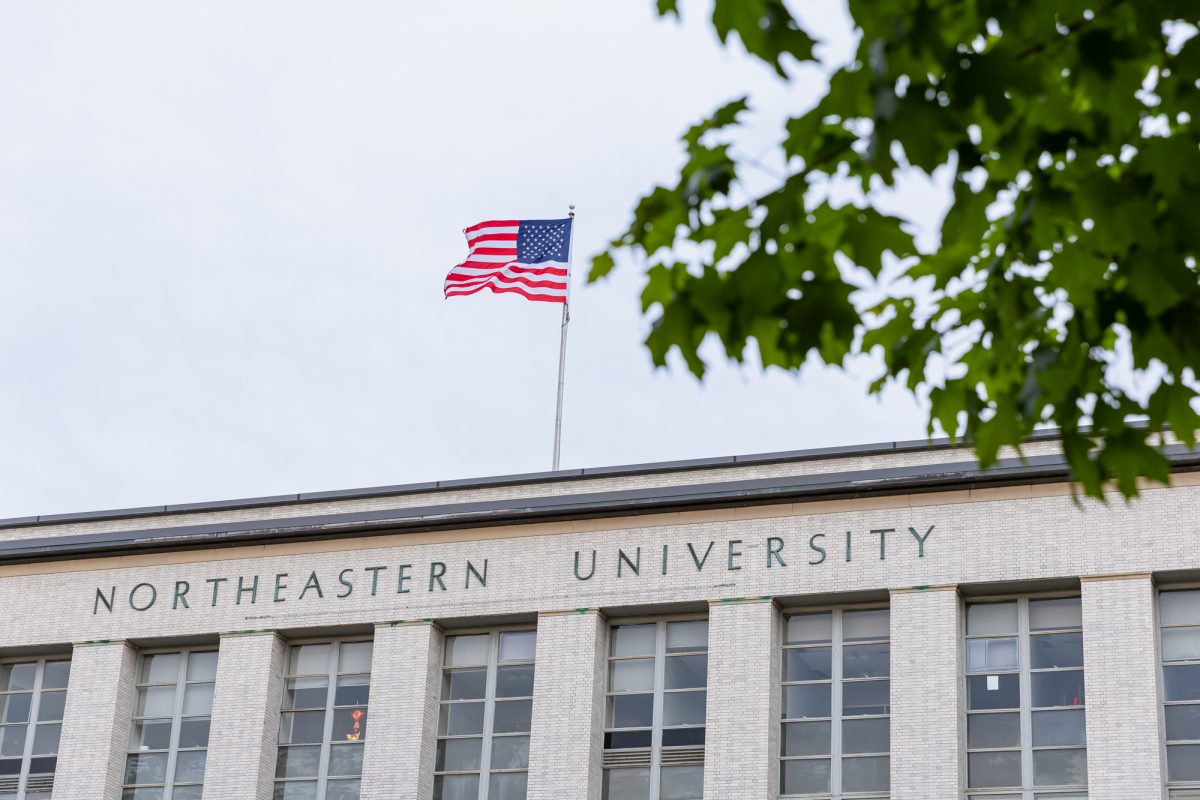By Lauren Morales
The International Student and Scholar Institute (ISSI) hosted its 12th annual fashion show Saturday at a sold-out Fenway Center. As part of ISSI’s “Carnevale,” the show promoted diversity by featuring clothing from 19 countries.
“Carnevale” is a festival showcasing various countries and their cultures through events held from Feb. 1 through March 29. ISSI added a twist to the fashion show by having students model traditional and modern attire different from their own culture.
Alison Dickson, a political science graduate student, coordinated the Scottish section and wanted students to appreciate cultural differences.
“We’ve tried to make it so that we have people from different countries wearing different outfits,” she said. “You might have somebody from India wearing Scottish clothes or an American wearing something Japanese. I think that’s interesting to see people who wouldn’t normally be wearing those clothes and show that it doesn’t matter where you’re from.”
Countries and regions whose fashions were displayed included Ecuador, Sri Lanka, Greece, Burma and, for the first time, the Carribbean. Curiosity about other cultures drew students to the fashion show.
“I wanted to learn about the different fashions and get a glimpse of other cultures,” said Vijay Kukreja, a computer science alumna.
However, some students went for a more personal reason.
“One of my co-workers is from Burma and I wanted to see their traditional clothing,” said Andres Alarcon, a sophomore international business major.
Manasa Mahathi, a biotechnology graduate student who organized the Indian segment of the show, said she predicted the m’eacute;lange of fashion and cultures would draw a big crowd.
“[With] fashion shows, the name itself will attract so many people to it, and when it’s international, people will definitely expect to see something different from a regular fashion show,” said Mahathi, who also modeled in the show.
The clothes came from a variety of sources. Dickson’s were borrowed from friends and students, but the women’s attire in Mahathi’s section was straight from her personal collection of clothing. The authenticity of the clothing was evident; intricate embroidery and detailed beadwork adorned the fashions.
Vibrant colors and varied materials and fabrics kept the audience’s attention. In the Caribbean section, the models wore bright feather headdresses and sparkly outfits. Once they were done walking the runway, the models reunited on the stage with the skill required to dance to Carribbean music with the extravagant headdresses.
In between segments, mini-activities took place to supplement the educational experience. A student showed how to put on a kimono in less than three minutes and during another break the host had everyone turn to someone sitting nearby and discuss what they were wearing to learn about the origins.
As the theme of the night, the juxtaposition between the conventional and contemporary was apparent in every aspect of the show. The theme reoccurred through a slideshow playing in the background throughout the night, the clothes and music. For the opening of the Italy section, classic opera music began but quickly transformed into a modern techno beat. The music was also an important factor in educating the audience on diversity.
“People can identify with music no matter what language it is,” Mahathi said. “Music is music.”
The Scottish section featured several models wearing customary kilts but one model showcased a formal gown with a tartan sash, taking a more modern approach to the traditional fabric.
“They are traditional in the fact that they are kilts and at the same time they are all things that people would wear today, so it’s a nice mix of old and new,” Dickson said.
As models walked the runway, a slideshow of pictures played in the background displaying architecture, landscapes and art specific to that country. Images of ancient Japanese pagodas and Indian paintings of deities illuminated the room; the ambiance of ISSI’s fashion show appealed to all senses.








